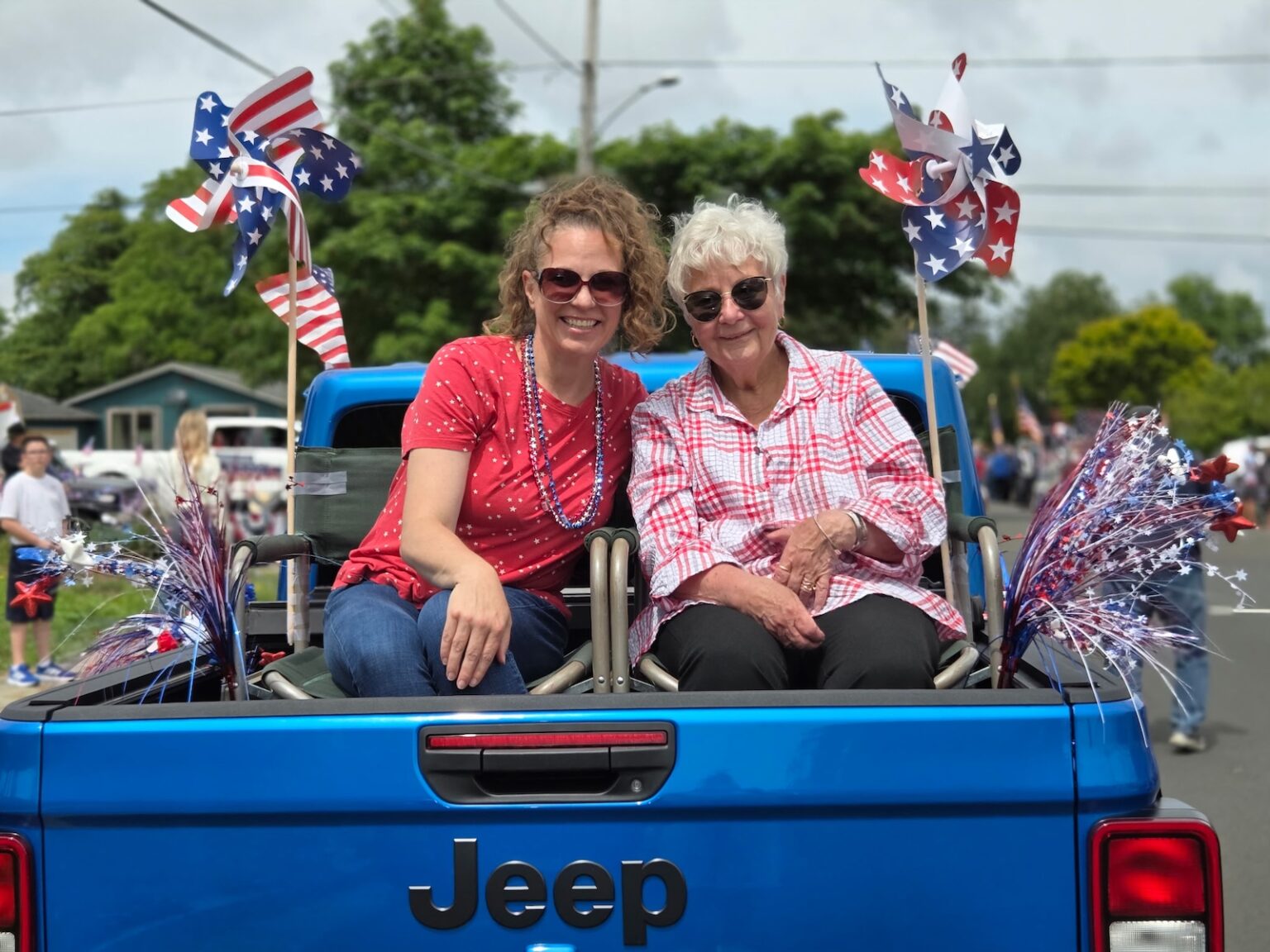Gardens sprouted early as settlers made their way to the coast
Published 5:00 pm Tuesday, July 1, 2008
Lately I’ve been reading accounts of early settlers to Clatsop County in a book entitled Dr. Owens-Adair: Some of Her Life Experiences. This has also been my first springtime gardening on the north coast. With gardening on my mind, I’ve been keen to notice how many settlers reportedly followed the trail to Clatsop County for its alimentary qualities and its “ideal” environment for raising crops. For some reason, this makes me laugh. Perhaps I am remembering the treacherous winter storm of 2007, or thinking of the inclement spring and early summer we’ve endured. I don’t know about you, but I think these folks may have been slightly misled! They trudged along to Oregon, described by one from Illinois as “the land of moist, mild winters, green grass, and good and abundant water,” coming all the way to the coast. What they found may be an example of “too much of a good thing.” Clatsop County-though not exactly mild-is most definitely moist and flowing with “abundant water!”
Trending
I have encountered several accounts of early summer-residents of Arch Cape planting vegetable gardens. Eugenia Holderman, whose family started visiting Arch Cape shortly after 1900, writes “There were no stores in Cannon Beach in those days, so supplies came from Portland to last the whole summer and were hauled by wagon from Seaside to Arch Cape. Mother’s order included dried food, canned milk, flour, sugar, raisins and anything else that kept without refrigeration over the summer.” To supplement their diets with greens, families like the Holdermans relied on garden plots.
North coast residents have apparently been doing this for years. In the journal of a mid-19th century settler to Astoria, I recently read, “Fair weather yet. We planted peas, latuce Parsnips & carrots today. According to the Dutch signs. However, we planted the root crops in the wrong stage of the moon. But we resurved one half of the Parsnip bed to be planted in the ‘dark of the Moon.'” This was written on March 18, 1860.
These writings encourage me in my own attempts to coax vegetables out of the ground in this coastal environment. If north-coasters have been planting springtime gardens for years, I will give it my best shot, despite the fact that my lettuce nearly froze in May and my June spinach is stunted-threatening to give up the ghost.
Trending
Whatever my yield of cherry tomatoes and carrots, I know I can count of a bountiful harvest of berries, one thing the coast rarely fails to provide. According to Eugenia Holderman, early visitors to and residents of the Cannon Beach area enjoyed a wide variety of berries-not just the quotidian blackberries I tend to gather. She wrote, “[My family] picked salal berries when they were ripe and made salal syrup to serve on our pancakes.” She also tells of abundant huckleberries. Her grandmother’s sister even carried an umbrella with her to collect huckleberries, opening it and turning it upside-down under the bushes. When she shook the heavy bush, berries would rattle loose and fill the umbrella. All she had to do was pick out the leaves, pour the berries into a pail, and be on her way.
I may not hazard salal-berry syrup this year, but I am already concocting delicious desserts with Oregon rhubarb and strawberries (albeit not from my garden). Before long I will bake blackberry pies swelling with berries I gathered with my own hands. And if my vegetable yield proves disappointing this year, next year I can always try planting “in the dark of the moon.”









